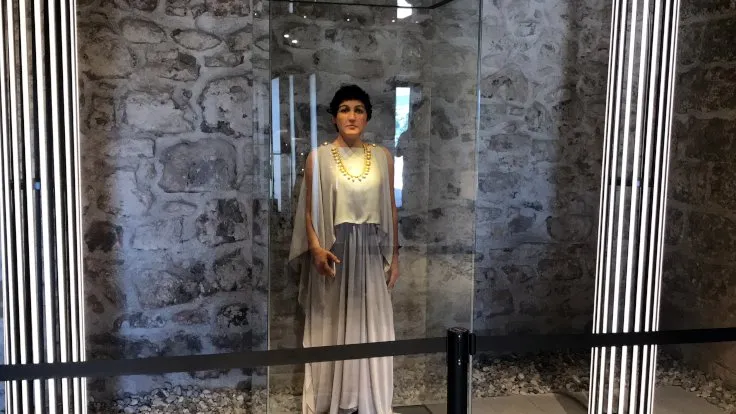
Carian Princess: The Enigmatic Queen of Bodrum from Thousands of Years Ago
In the heart of modern-day Bodrum, Türkiye, a remarkable archaeological discovery from 1989 continues to intrigue historians and visitors alike. During a routine construction inspection in the Yokuşbaşı neighborhood, a rock-cut burial chamber was uncovered—one that would soon reveal the story of a noble woman from ancient Caria. Though her exact identity remains a mystery, she is today known as the Karyalı Prenses, or “Carian Princess.”
A Burial Fit for Royalty
When archaeologists opened the central stone sarcophagus, they found a well-preserved female skeleton lying with her arms gracefully crossed. Surrounding her were precious burial offerings, including an exquisite golden crown, jewelry, and other luxury items—strong evidence of her elite status. The richness of the grave goods indicated that this woman lived a privileged life, likely among the ruling class of the Carian civilization.
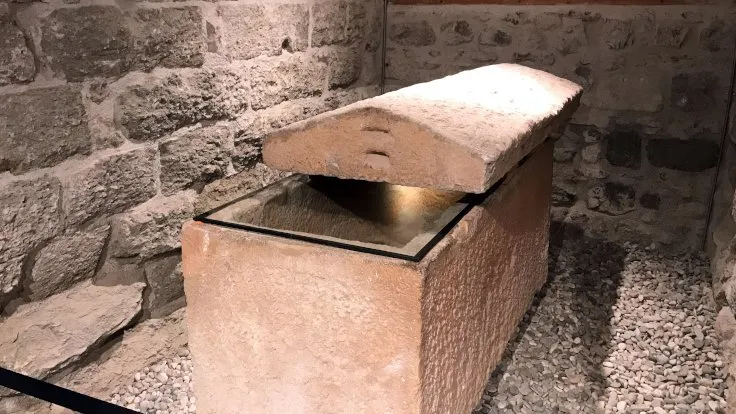
Insights from the Bones
Anthropological analysis revealed that the woman was around 40 years old at the time of her death and had given birth to multiple children. Remarkably, her teeth were found to be intact and healthy—a rare sign of high living standards in antiquity. These details reinforce the notion that she enjoyed both material wealth and a high social standing.
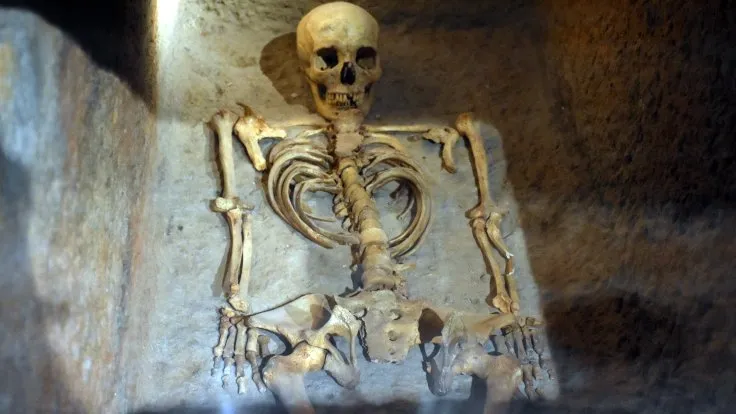
A Mysterious Identity
Facial reconstruction based on the skull’s structure showed surprising similarities to two marble busts displayed in the British Museum—both associated with Queen Ada, one of Caria’s most prominent historical figures. While the physical resemblance sparked theories that the remains could belong to Ada herself, the available scientific data was not sufficient to confirm her identity conclusively. As a result, the woman became known by a respectful yet enigmatic title: the Carian Princess.
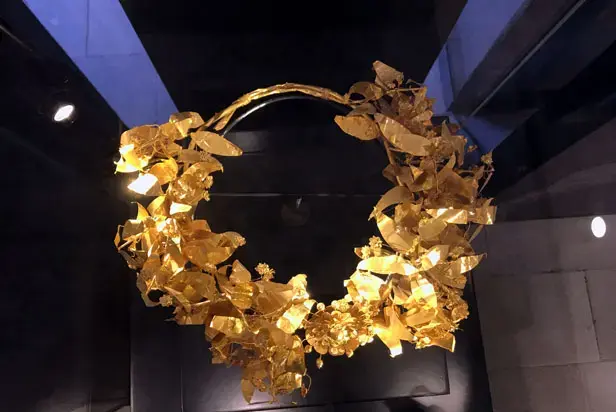
Dated to the 4th Century BCE
The burial site and artifacts have been archaeologically dated to between 360 and 325 BCE, a transformative era in Caria’s history. This period witnessed growing Hellenistic influence and local political power struggles, making the discovery not just a personal story, but a window into the broader sociopolitical landscape of the time.
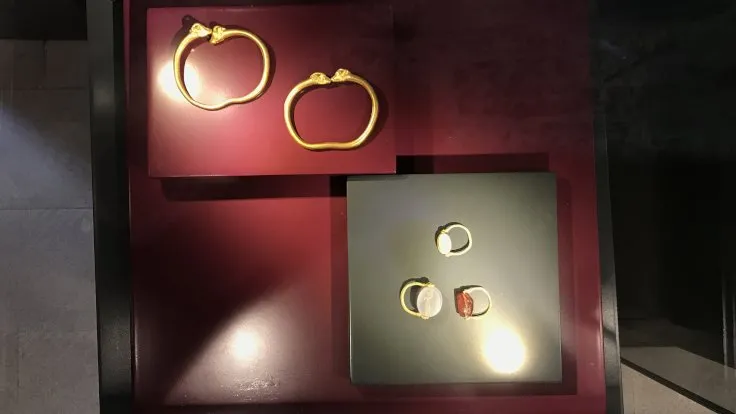
On Display Today in Bodrum
Today, the remains of the Carian Princess, along with her golden crown and other grave goods, are on display at the Bodrum Museum of Underwater Archaeology, housed inside the historic Bodrum Castle. This museum offers a unique opportunity to connect with the deep and often overlooked history of ancient Anatolia through the life of a woman whose legacy was nearly lost to time.
Why Visit the Carian Princess Exhibit?
- View a 2,300-year-old elite burial up close
- Discover rare gold artifacts from ancient Caria
- Learn about the role of women in ancient Anatolian societies
- Explore one of the most fascinating archaeological finds in Bodrum
You may also like
- A 1700-year-old statue of Pan unearthed during the excavations at Polyeuktos in İstanbul
- The granary was found in the ancient city of Sebaste, founded by the first Roman emperor Augustus
- Donalar Kale Kapı Rock Tomb or Donalar Rock Tomb
- Theater emerges as works continue in ancient city of Perinthos
- Urartian King Argishti’s bronze shield revealed the name of an unknown country
- The religious center of Lycia, the ancient city of Letoon
- Who were the Luwians?
- A new study brings a fresh perspective on the Anatolian origin of the Indo-European languages
- Perhaps the oldest thermal treatment center in the world, which has been in continuous use for 2000 years -Basilica Therma Roman Bath or King’s Daughter-
- The largest synagogue of the ancient world, located in the ancient city of Sardis, is being restored

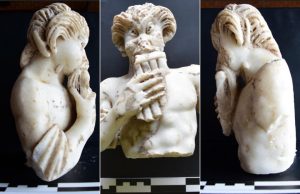
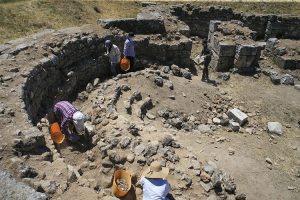
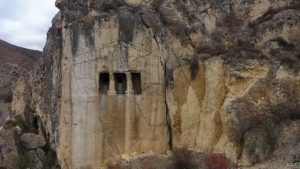
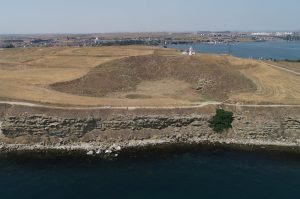

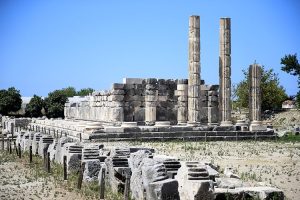


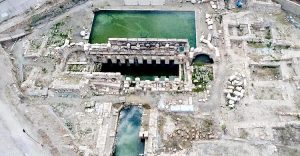
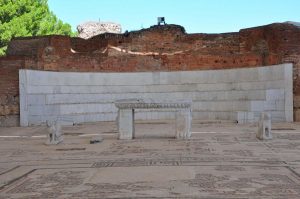
Leave a Reply